Human Body
The human body is everything that makes up, well, you. What decides and regulates the physical form and function of the human body is our genetic information, however, external environments and behaviors can alter the way our body’s look and how well they function, according to Human Growth and Developments. The human body is made up of all the living and nonliving components that create the entire structure of the human organism, including every living cell, tissue and organ. On the outside human anatomy consists of the five basic parts, the head, neck, torso, arms and legs. However, beneath the skin there are countless biological and chemical interactions that keep the human body machine ticking over.
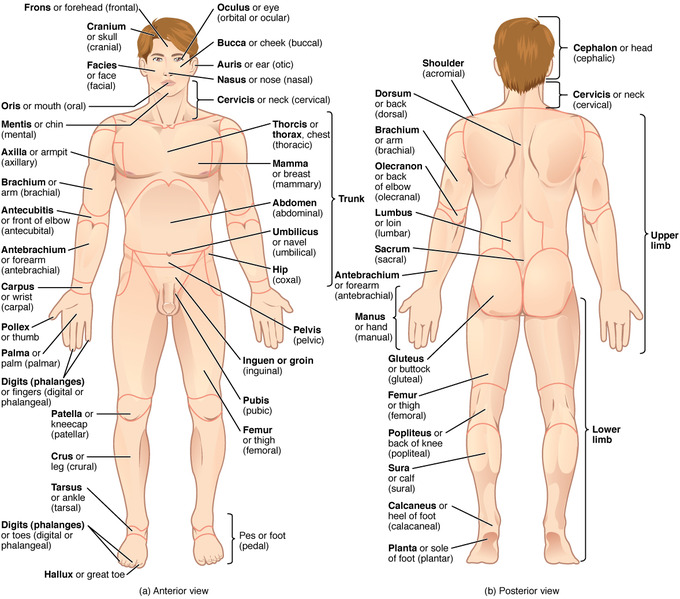
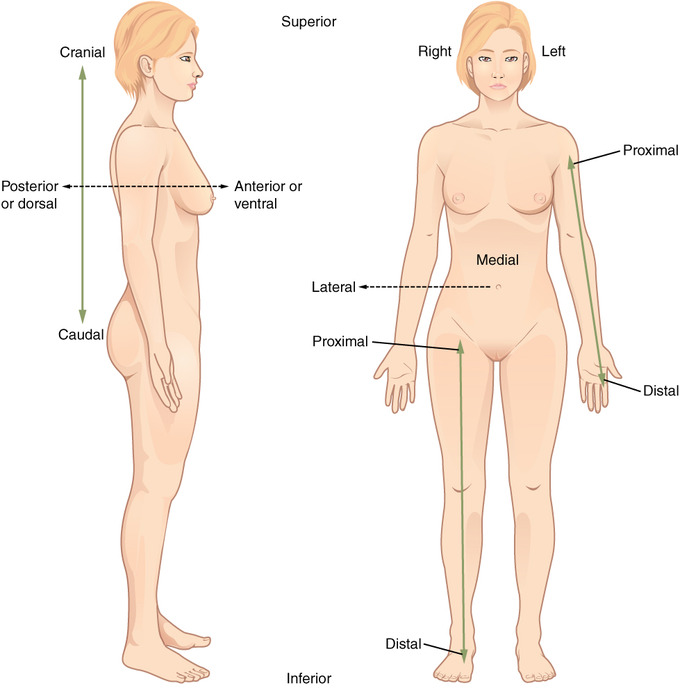
Our bodies consist of a number of biological systems that carry out specific functions necessary for everyday living.
The job of the circulatory system is to move blood, nutrients, oxygen, carbon dioxide, and hormones, around the body. It consists of the heart, blood, blood vessels, arteries and veins. According to the Cleveland Clinic, the human body’s network of blood vessels, veins and capillaries is over 60.00 miles (around 96.56 kilometres) long.
The digestive system consists of a series of connected organs that together, allow the body to break down and absorb food, and remove waste. It includes the mouth, esophagus, stomach, small intestine, large intestine, rectum, and anus. The liver and pancreas also play a role in the digestive system because they produce digestive juices filled with enzymes to break down the components of your food, such as carbohydrates, fats and proteins, according to the National Institute of Diabetes and Digestive and Kidney Diseases.
The endocrine system consists of a network of glands that secrete hormones into the blood. These hormones, in turn, travel to different tissues and regulate various bodily functions, such as metabolism, growth and sexual function, according to Johns Hopkins Medicine. For example, one of the glands in the pancreas – called the endocrine gland – releases hormones called insulin and glucagon to regulate blood sugar.
The immune system is the body’s defense against bacteria, viruses and other pathogens that may be harmful. The immune system is activated when antigens (proteins on the surface of bacteria, fungi and viruses) bind with receptors on immune cells, alerting the body to their presence and kicking the immune system into gear, according to Institute for Quality and Efficiency in Health Care (IQWiG). The system is made up of I lymph nodes, the spleen, bone marrow, lymphocytes (including B-cells and T-cells), the thymus and leukocytes, which are white blood cells.
Human Body Organ System
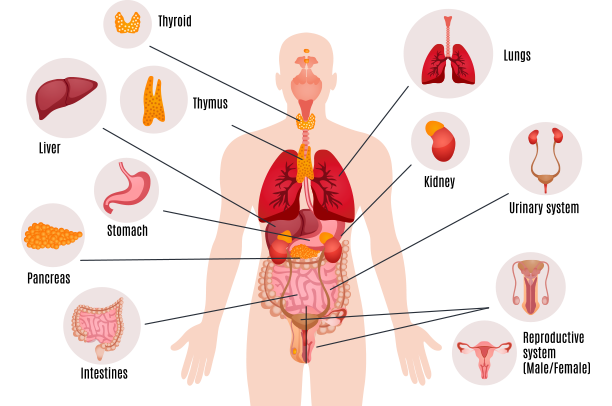
Human Physiology
A Brief Introduction to Physiology
Physiology is the study of normal function within living creatures. It is a sub-section of biology, covering a range of topics that include organs, anatomy, cells, biological compounds, and how they all interact to make life possible.
From ancient theories to molecular laboratory techniques, physiological research has shaped our understanding of the components of our body, how they communicate, and how they keep us alive.
Merrian-Webster defines physiology as:
“[A] branch of biology that deals with the functions and activities of life or of living matter (such as organs, tissues, or cells) and of the physical and chemical phenomena involved.”
Fast Facts on Physiology:
Here are some key points about physiology. More detail and supporting information is in the main article.
- Physiology can be considered a study of the functions and processes that create life.
- The study of physiology can be traced back to at least 420 BC.
- The study of physiology is split into many disciplines covering topics as different as exercise, evolution, and defense.
What is Physiology?
The study of physiology is, in a sense, the study of life. It asks questions about the internal workings of organisms and how they interact with the world around them.
Physiology tests how organs and systems within the body work, how they communicate, and how they combine their efforts to make conditions favorable for survival.
Human physiology, specifically, is often separated into subcategories; these topics cover a vast amount of information.
Researchers in the field can focus on anything from microscopic organelles in cell physiology up to more wide-ranging topics, such as ecophysiology, which looks at whole organisms and how they adapt to environments.
The most relevant arm of physiological research to Medical News Today is applied human physiology; this field investigates biological systems at the level of the cell, organ, system, anatomy, organism, and everywhere in between.
The most relevant arm of physiological research to Medical News Today is applied human physiology; this field investigates biological systems at the level of the cell, organ, system, anatomy, organism, and everywhere in between.
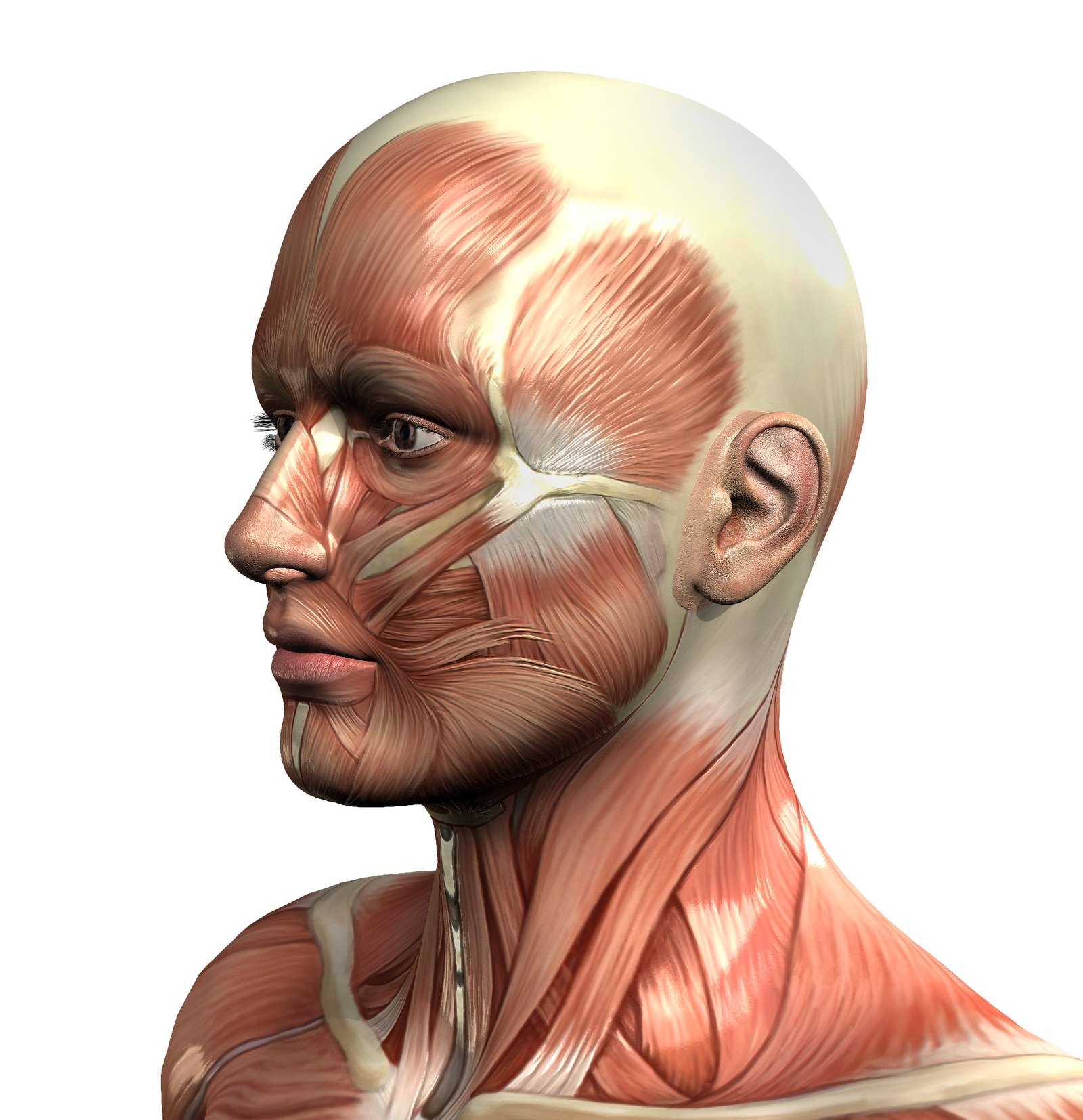
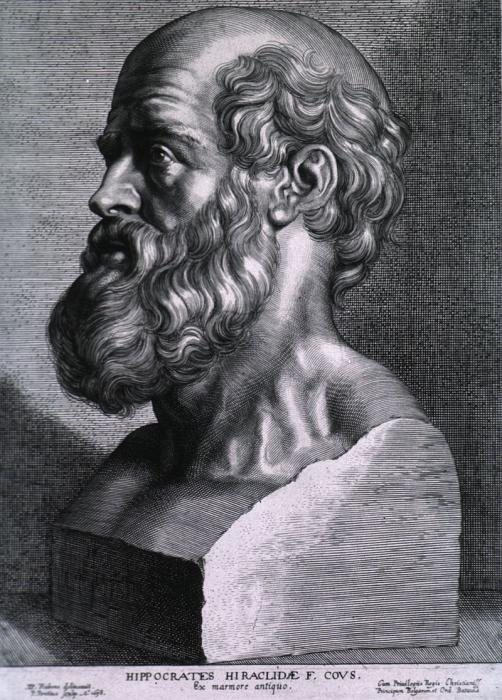
History of Physiology
The study of physiology traces its roots back to ancient India and Egypt.
As a medical discipline, it goes back at least as far as the time of Hippocrates, the famous “father of medicine” – around 420 BC.
Hippocrates coined the theory of the four humors, stating that the body contains four distinct bodily fluids: black bile, phlegm, blood, and yellow bile. Any disturbance in their ratios, as the theory goes, causes ill health.
Claudius Galenus (c.130-200 AD), also known as Galen, modified Hippocrates’ theory and was the first to use experimentation to derive information about the systems of the body. He is widely referred to as the founder of experimental physiology.
It was Jean Fernel (1497-1558), a French physician, who first introduced the term “physiology,” from Ancient Greek, meaning “study of nature, origins.”
Fernel was also the first to describe the spinal canal (the space in the spine where the spinal cord passes through). He has a crater on the moon named after him for his efforts – it is called Fernelius.
Another leap forward in physiological knowledge came with the publication of William Harvey’s book titled An Anatomical Dissertation Upon the Movement of the Heart and Blood in Animals in 1628.
Harvey was the first to describe systemic circulation and blood’s journey through the brain and body, propelled by the heart.
Perhaps surprisingly, much medical practice was based on the four humors until well into the 1800s (bloodletting, for instance). In 1838, a shift in thought occurred when the cell theory of Matthias Schleiden and Theodor Schwann arrived on the scene, theorizing that the body was made up of tiny individual cells.
From here on in, the field of physiology opened up, and progress was made quickly:
- Joseph Lister, 1858 – initially studied coagulation and inflammation following injury, he went on to discover and utilize lifesaving antiseptics.
- Ivan Pavlov, 1891 – conditioned physiological responses in dogs.
- August Krogh, 1910 – won the Nobel Prize for discovering how blood flow is regulated in capillaries.
- Andrew Huxley and Alan Hodgkin, 1952 – discovered the ionic mechanism by which nerve impulses are transmitted.
- Andrew Huxley and Hugh Huxley, 1954 – made advances in the study of muscles with the discovery of sliding filaments in skeletal muscle.
Biological systems
The study of physiology is, in a sense, the study of life. It asks questions about the internal workings of organisms and how they interact with the world around them.
Physiology tests how organs and systems within the body work, how they communicate, and how they combine their efforts to make conditions favorable for survival.
Human physiology, specifically, is often separated into subcategories; these topics cover a vast amount of information.
Researchers in the field can focus on anything from microscopic organelles in cell physiology up to more wide-ranging topics, such as ecophysiology, which looks at whole organisms and how they adapt to environments.
The most relevant arm of physiological research to Medical News Today is applied human physiology; this field investigates biological systems at the level of the cell, organ, system, anatomy, organism, and everywhere in between.
The most relevant arm of physiological research to Medical News Today is applied human physiology; this field investigates biological systems at the level of the cell, organ, system, anatomy, organism, and everywhere in between.
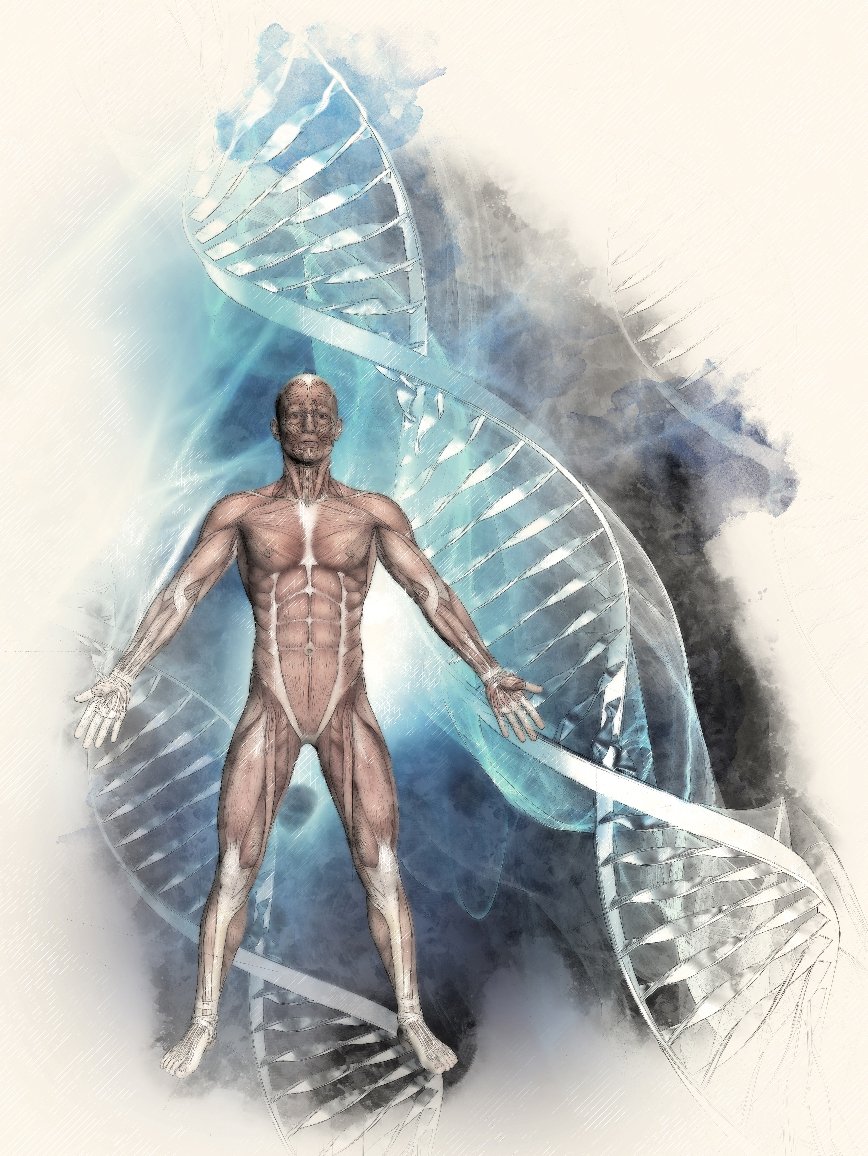
Disciplines
There are a great number of disciplines that use the word physiology in their title. Below are some examples:
- Cell physiology – studying the way cells work and interact; cell physiology mostly concentrates on membrane transport and neuron transmission.
- Systems physiology – this focuses on the computational and mathematical modeling of complex biological systems. It tries to describe the way individual cells or components of a system converge to respond as a whole. They often investigate metabolic networks and cell signaling.
- Evolutionary physiology – studying the way systems, or parts of systems, have adapted and changed over multiple generations. Research topics cover a lot of ground including the role of behavior in evolution, sexual selection, and physiological changes in relation to geographic variation.
- Defense physiology – changes that occur as a reaction to a potential threat, such as preparation for the fight-or-flight response.
- Exercise physiology – as the name suggests, this is the study of the physiology of physical exercise. This includes research into bioenergetics, biochemistry, cardiopulmonary function, biomechanics, hematology, skeletal muscle physiology, neuroendocrine function, and nervous system function.
The topics mentioned above are just a small selection of the available physiologies. The field of physiology is as essential as it is vast.
Physiology or anatomy?
Anatomy is closely related to physiology. Anatomy refers to the study of the structure of body parts, but physiology focuses on how these parts work and relate to each other.
TO LEARN MORE INFORMATION PLEASE VISIT THE FOLLOWING USEFUL LINKS:
